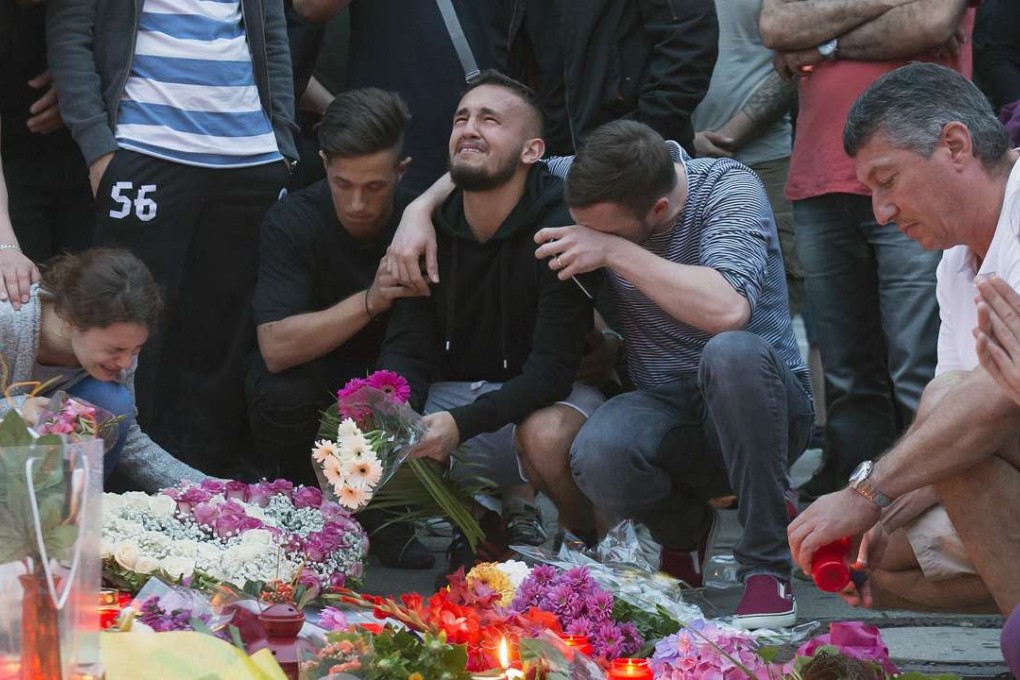Off Centre | Madman or extremist? When innocents die, there are no clear distinctions
Kenny Hodgart says accepting the ‘ideology’ argument as anything other than a vehicle for urges to violence that exist independently would be a cop-out

In James Hogg’s novel The Private Memoirs and Confessions of a Justified Sinner, published in 1824, the memoirist of the title is both a religious fanatic whose aim is “to cut off sinners with the sword”, and, by any objective measure, quite mad. The book’s brilliance resides partly in being simultaneously a study of totalitarian thought and, pre-psychiatry, of mental illness.
I can rarely help but think of Hogg’s anatomisation of extremism whenever the flash bulletins relaying details of some new butchery – lone-wolf or “organised” – give way to a clamour for explanation as to the killer’s, or killers’, motives. And such clamours have been frequent of late. Besides the ongoing waves of atrocities in the Middle East, there have been massacres in Turkey, India and Bangladesh. The Orlando nightclub shooting in June was the United States’ deadliest terrorist attack since those of September 11, 2001. And Western Europe has endured what the media has taken to calling a “summer of violence”.

Father of Nice attacker insists ‘he had no links to religion’ but had previously suffered mental problems
For its part, Japan – for many decades one of the world’s most peaceful nations – has been in a state of shock since last week’s horrifying knife attack at a care centre for the mentally disabled in Kanagawa prefecture, near Tokyo. After leaving his job at the facility in February, 26-year-old Satoshi Uematsu had written to Japan’s House of Representatives declaring he wished to “euthanise” severely disabled people “to revitalise the global economy and prevent World War III”. True to his word, in the early hours, he embarked on a stabbing rampage at the home that left 19 dead and 25 wounded, before turning himself in at a nearby police station.

As it recoils from the horror of that crime, Japan will now grapple with questions that have become all too familiar elsewhere. It will wish to know what part ideology played in convincing Uematsu that his actions were warranted, even necessary; and it will wonder whether he is insane. Already, it is known that he had become fixated with Hitlerian ideas about eugenics and that he was briefly hospitalised, on February 19, due to a “psychiatric illness”.


